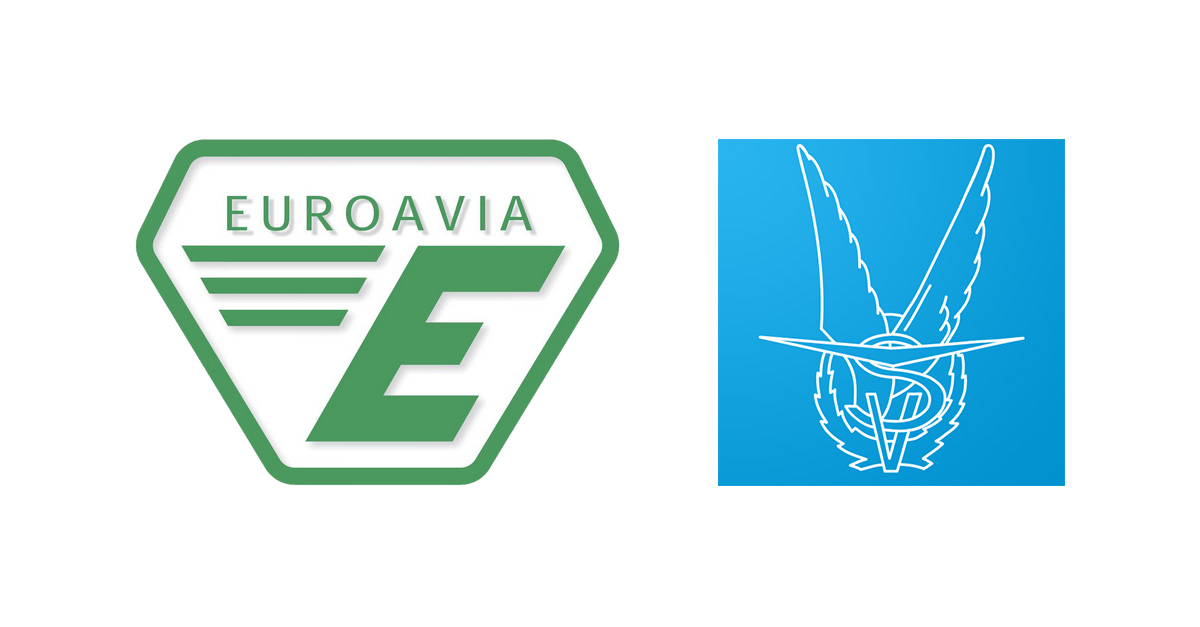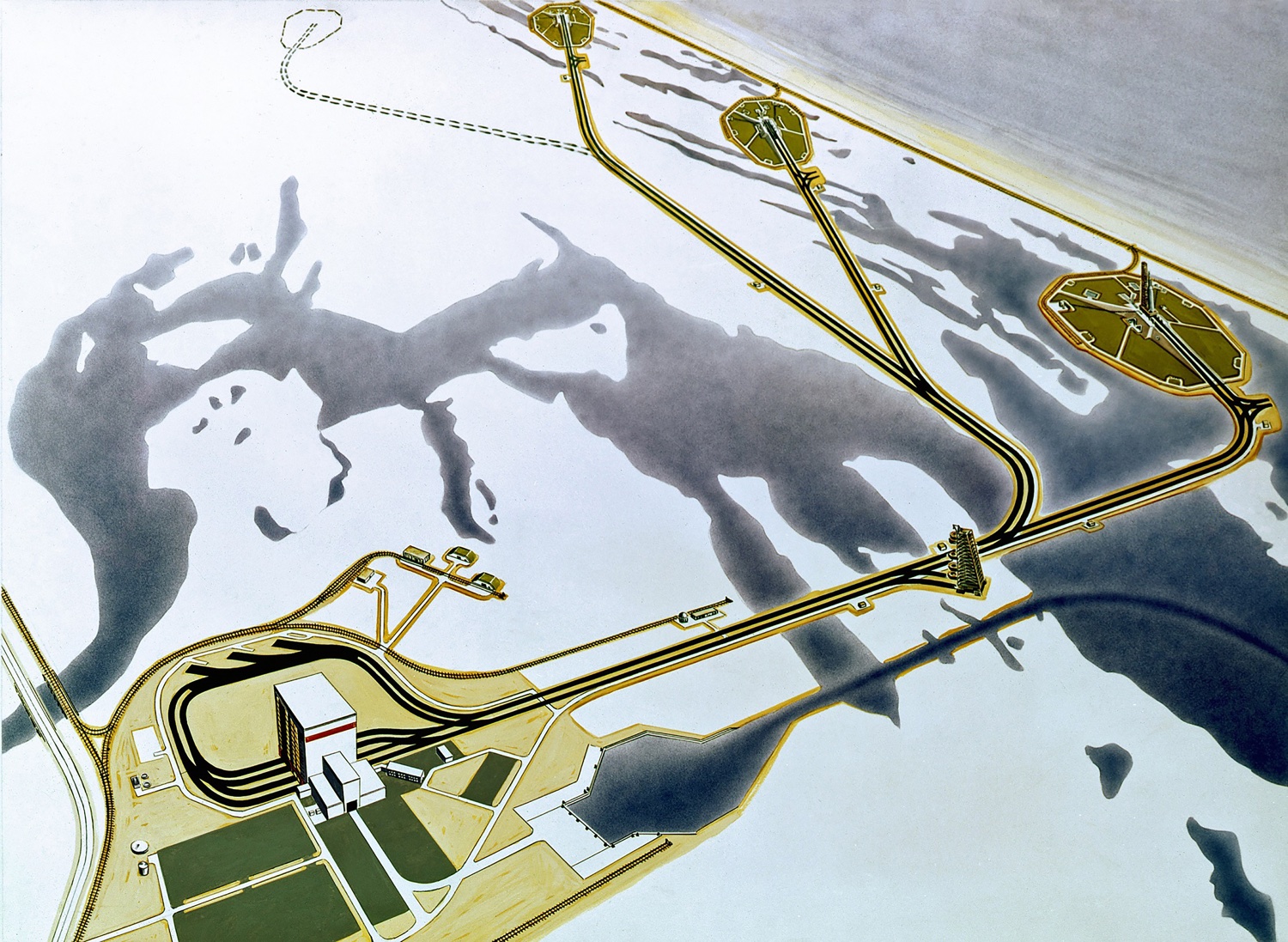We are pleased to announce that SpaceBoard will be attending the 67th International Aeronautical Congress (IAC) held by the International Aeronautical Federation, the International Academy of Astronautics and the International Institute of Space Law in Guadalajara, Mexico, from 26 to 30 September 2016. SpaceBoard will present its goal of promoting space education at the Space Education and Outreach Symposium session entitled “Enabling the Future—Developing the Space Workforce”. It will also present its plan to build a professional network dedicated to the field of space at the session on Space Societies, Professional Associations and Museums of the 27th IAA Symposium on Space and Society. Please contact us for more information about SpaceBoard's participation at this and other events.








